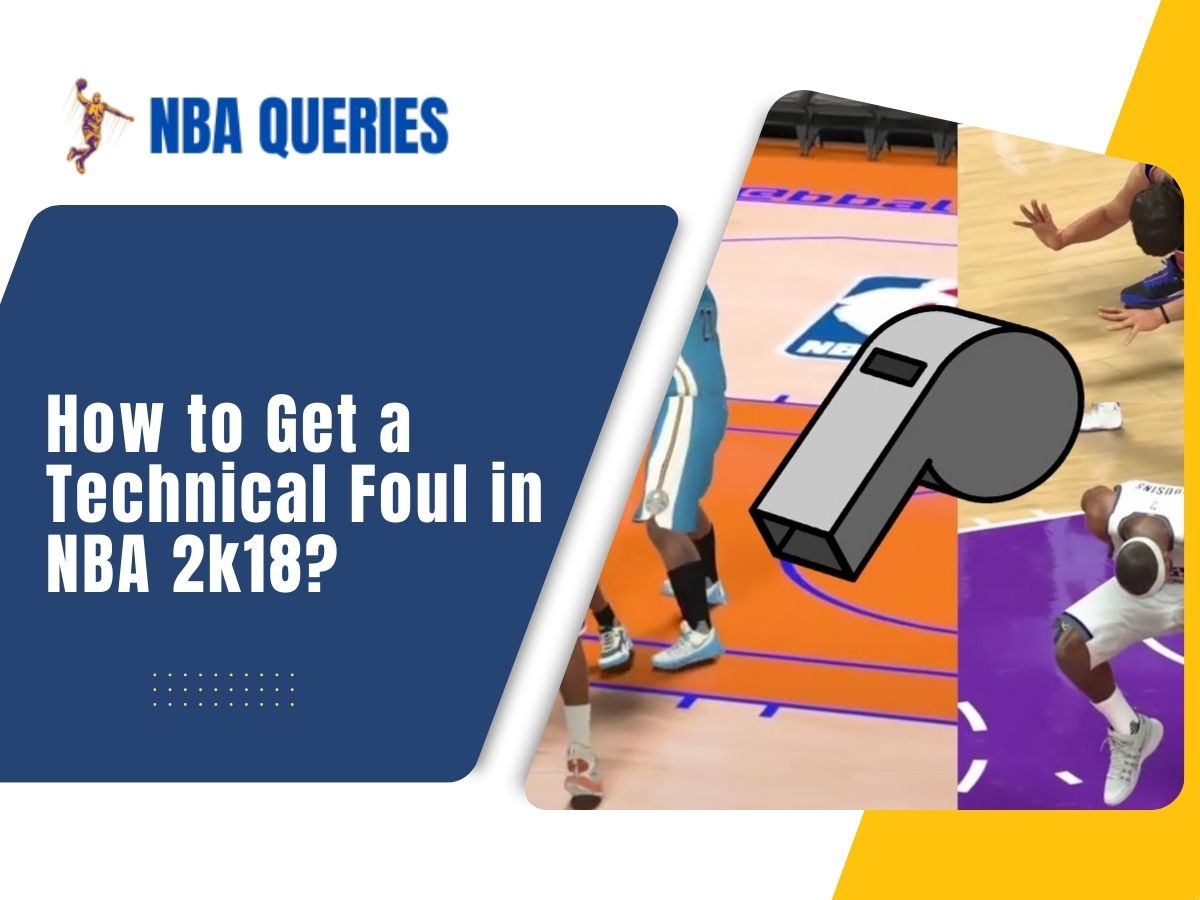Mastering the art of basketball isn’t just about scoring points and executing jaw-dropping dunks. Sometimes, it’s the little things that can swing the momentum in your favor or disrupt your opponent’s rhythm. One such tactical move is earning a technical foul. Whether you’re a seasoned player or a rookie hitting the virtual courts, understanding how to get a technical foul can give you an edge. In this guide, we’ll break down the intricacies of technical fouls, explore the scenarios where they come into play, and provide practical tips to execute them effectively.
What Is a Technical Foul?
Before we delve into the nitty-gritty, let’s demystify what a technical foul actually is. In the NBA, a technical foul is a penalty assessed against a player, coach, or team for unsportsmanlike conduct or violations of the game’s rules. Unlike personal fouls, which directly impact gameplay (such as pushing or tripping an opponent), technical fouls are more about attitude, behavior, and maintaining the integrity of the game.
How to Earn a Technical Foul
1. Trash Talk and Taunting
In the heat of the game, emotions run high. If you want to rattle your opponent, engage in some well-timed trash talk. Type out a quick message in the chat, taunting them or questioning their skills. Remember, though, moderation is key. Excessive trash talk can backfire and lead to a technical foul. Keep it witty, not offensive.
2. Excessive Celebrations
Scoring a clutch three-pointer or executing a highlight-reel dunk? Celebrate! But be mindful of going overboard. If your player performs an elaborate dance routine or flexes excessively after a play, the referees might blow the whistle. A technical foul will be called, and your opponent will get free throws.
3. Hanging on the Rim
Just like in real basketball, hanging on the rim after a dunk can earn you a technical foul. In NBA 2K18, it’s no different. After a thunderous slam, resist the urge to swing from the rim like a gymnast. Instead, release the button promptly to avoid the penalty.
4. Requesting Too Many Timeouts
Strategically using timeouts is crucial, but don’t abuse the privilege. Requests for timeouts in excess of the authorized number shall be granted, but a technical foul will be assessed. Remember, quality over quantity.
5. Unsportsmanlike Conduct
This catch-all category covers a range of behaviors. If you intentionally foul an opponent to disrupt their fast break, argue excessively with the referees, or engage in any unsportsmanlike conduct, you’re treading on technical foul territory.
The Impact of Technical Fouls
Technical fouls aren’t just a slap on the wrist. They have tangible consequences:
- Free Throws: The opposing team gets free throws. Make sure your opponent’s free throw percentage isn’t too high!
- Momentum Shift: A technical foul can swing momentum. Use it strategically to disrupt your opponent’s rhythm or fire up your own team.
- Player Ejection: Accumulating too many technical fouls can lead to ejection. Losing a key player can drastically alter the game.
Mastering the Art of Baiting
1. Selective Aggression
Timing is everything. To bait your opponent into a technical foul, choose your moments wisely. When they’re already frustrated or trailing in the game, a well-timed nudge can push them over the edge. Remember, subtlety is key. A gentle bump during a rebound battle or a sly swipe at the ball can trigger their emotions.
2. Mind Games
Use the chat strategically. Instead of outright trash talk, plant seeds of doubt. A simple “Nice shot, but can you do it again?” or “Seems like you’re struggling” can mess with their psyche. The goal is to make them question their abilities without crossing the line into offensive territory.
3. The Flop
Yes, flopping exists in virtual basketball too. When your opponent drives to the basket, subtly move your defender into their path. If they collide, exaggerate the impact by flailing your arms. The referees might interpret it as unsportsmanlike conduct, resulting in—you guessed it—a technical foul.
Strategic Timing
1. Crunch Time
In close games, technical fouls can be game-changers. Imagine this scenario: You’re down by 2 points with seconds left on the clock. Your opponent is about to inbound the ball. Suddenly, you provoke a technical foul. They miss the free throw, and you get possession. Use this window to hit a game-tying shot or secure the win.
2. Halftime Shenanigans
Halftime is prime time for mind games. During the break, send a friendly message to your opponent. Compliment their skills, but subtly hint at their weaknesses. Plant the seeds, and watch how it affects their second-half performance. Remember, it’s all about psychological warfare.
The Art of Subtlety
1. The Innocent Bump
Position yourself near your opponent’s star player. As they make a move, give them a gentle nudge. It won’t disrupt their play significantly, but it’ll irk them. The referees might not notice, but the frustration will simmer.
2. The Delayed Reaction
After a contested shot, wait a beat before releasing the button. Your player will perform a delayed celebration. It’s subtle, but it can trigger the technical foul animation. Practice the timing—it’s an elegant move.
Stats That Matter
1. Technical Foul Frequency
Keep track of your technical fouls per game. Aim for a sweet spot—enough to disrupt your opponent but not too many to risk ejection. Find your balance.
2. Opponent’s Temperament
Observe your opponent’s behavior. Are they quick to react? Easily frustrated? Use this intel to tailor your approach. Some players are more susceptible to mind games than others.
In Conclusion
Technical fouls are like secret weapons. Use them sparingly, strategically, and with finesse.

